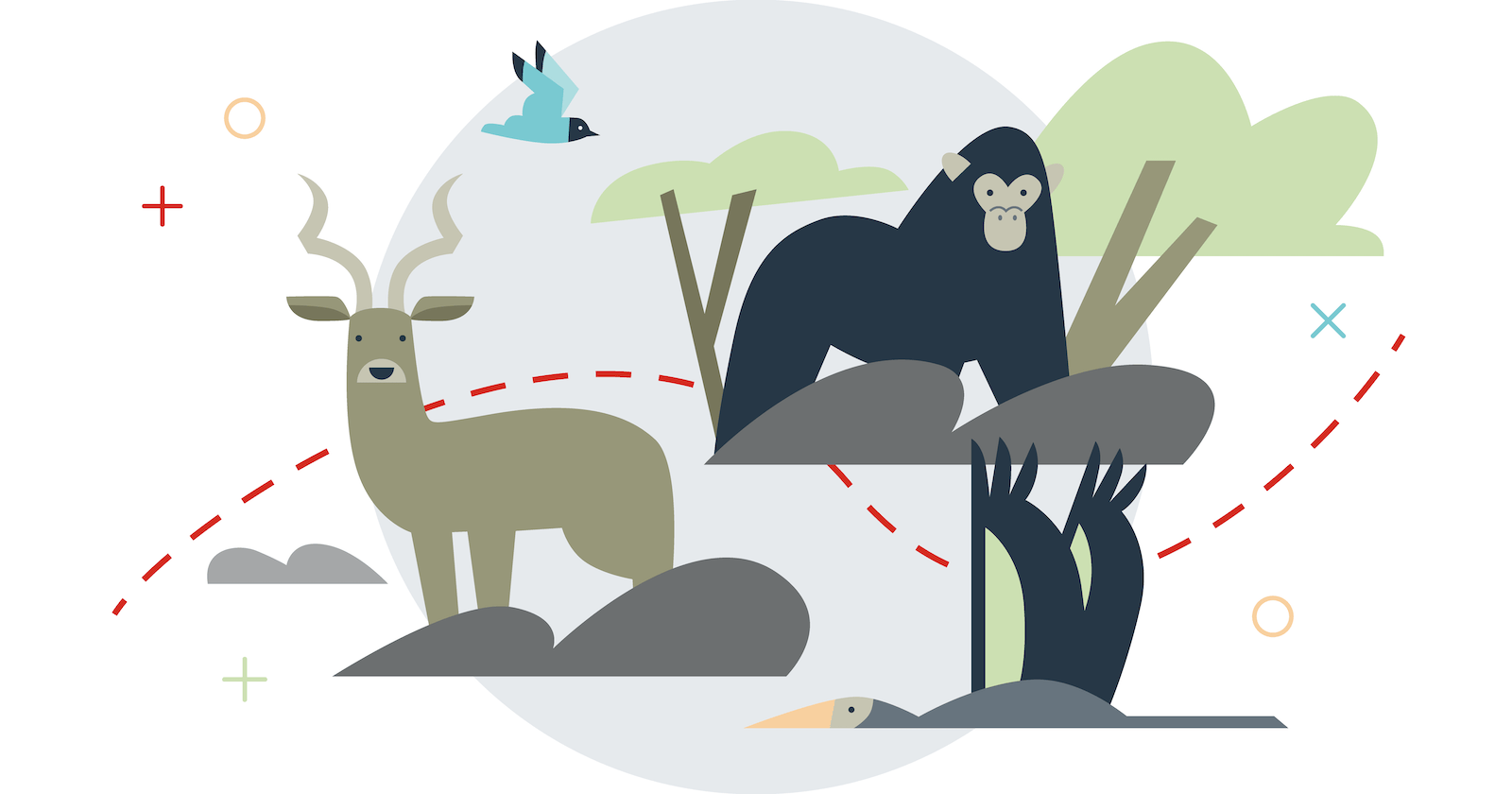Wednesday, October 9, 2024
The plant and animal species that make up our ecosystems give us an incalculable wealth, and they also provide us with essential resources for survival. Protecting wildlife helps us lead a fuller life.
By Pablo Cerezal
Wildlife is an irreplaceable part of ecosystems, as each species, ranging from insects to large mammals, plays a fundamental role in regulating the planet's natural cycles.
Raising awareness of the importance of wildlife and combatting its loss due to human activity was the main motivation that led the UN General Assembly to proclaim March 3 as World Wildlife Day in 2013. The date was not chosen randomly: 40 years ago, an intergovernmental agreement was signed at an international level to curb the trafficking of threatened or endangered species. The Convention on International Trade in Endangered Species of Wild Fauna and Flora (CITES) marked the start of a global awareness movement about the importance of caring for wildlife on Earth.
Wildlife is essential for maintaining healthy ecosystems that ensure crop pollination, water and air purification, prevention of soil erosion as well as climate regulation. For example, the manure and urine of wild animals naturally replenish the nutrients that the soil needs, due to the high percentage of enriching minerals they contain. The extinction of a single species, therefore, can have an immediate effect on the food chain.
We must also remember that wildlife is an inexhaustible source of research that has led to great medical advances. A recent joint study by Columbia and Mount Sinai Universities for example, has shown that a breed of toad produces a compound that could be the definitive remedy for treating anxiety and depression symptoms.
As a result, the conservation of wildlife must involve constant effort in which institutions and private companies collaborate, as well as the scientific community and society as a whole. Fortunately, there is a constant increase in the creation of national parks, natural reserves and another series of protected areas that preserve wildlife, as well as the continuous monitoring of populations of species that allows us to detect endangered species and favor their preservation. In Spain, the protected land area increased by almost 40% last year, while the marine area increased by 12%, according to the 2023 Yearbook on the state of protected areas carried out by the Technical Office of EUROPARC-Spain, the main professional forum in the field.
The scientific community works tirelessly to better understand the needs of these species and to develop effective strategies for their conservation. In this case, new technologies become an ally, as is the case with the ICARUS initiative, which operates on solar energy and which involves a tracking system for migratory bird patterns using GPS and radio transmitters whose signal is received at the International Space Station
When it comes to us, citizens are becoming increasingly aware of the vitality of wild flora and fauna, and thanks to this, community projects that follow this line are increasing daily. This will enable us to put a halt to the processes that put biodiversity at risk and, therefore, our own future.
¿Te ha parecido interesante?





